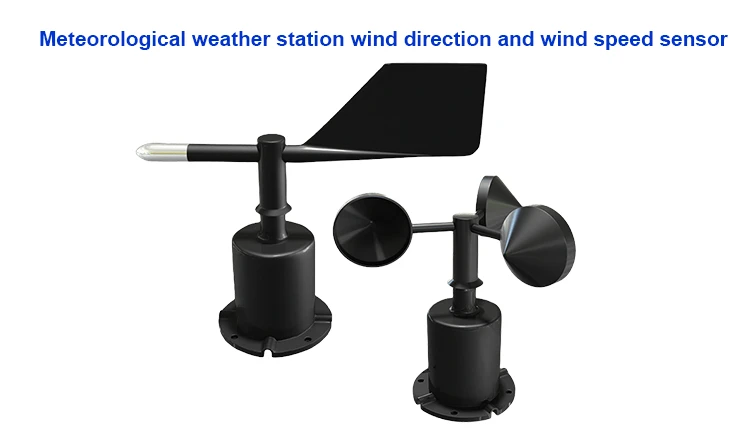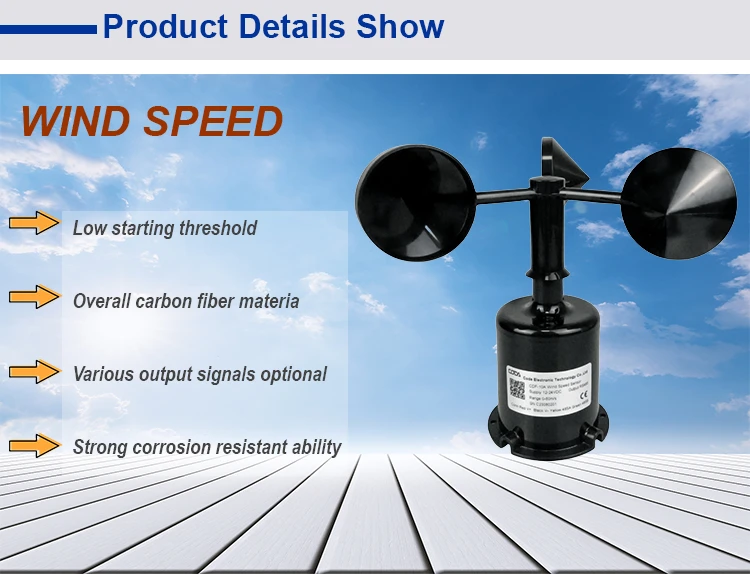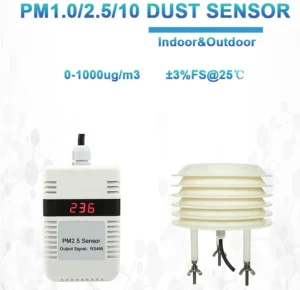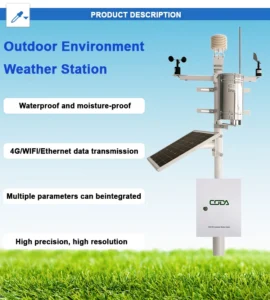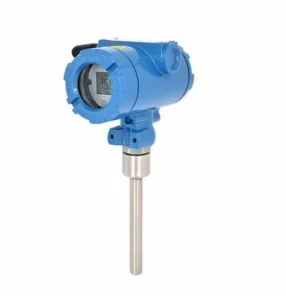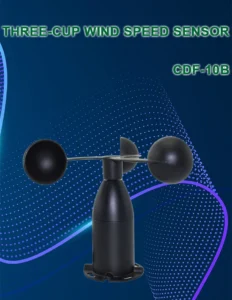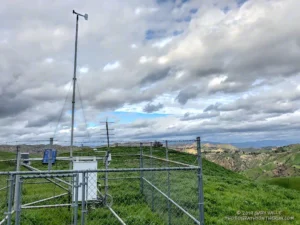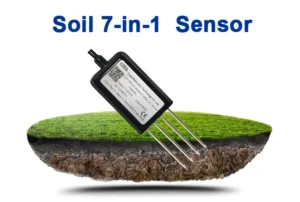How are wind speed and direction interrelated?
Wind speed and direction are two key factors that describe how air moves in the atmosphere. They are related but show different parts of wind behavior.
Wind speed is how fast air moves in a certain direction. It is measured in different ways. Common units are meters per second (m/s), kilometers per hour (km/h), and knots. Knots refer to nautical miles per hour. Many things can affect wind speed.
These include changes in air pressure, temperature differences, and land features like mountains and valleys. Stronger winds usually come from bigger pressure differences or sharper temperature changes.
Wind direction tells us where the wind comes from. We measure it in degrees, with 360° being a full circle. We can also use cardinal directions like north, south, east, and west. Sometimes, we use terms like northeast or southwest to be more specific.
Many factors can affect wind direction. These include common air currents and local features like water bodies or landforms.
The way wind speed and direction interact depends on local weather, land features, and air movement. Stronger winds often occur in places with bigger differences in air pressure or temperature. This can cause changes in wind direction. However, both wind speed and direction can change quickly during storms or passing weather fronts.
Knowing wind speed and direction is important for many areas. These include weather forecasting, aviation, marine navigation, environmental monitoring, and planning for renewable energy. These measurements give us key information about the atmosphere and how it acts.
**Wind Speed Measurement Devices**
To measure wind speed, different sensors are used. Each one works on a different principle.
1. **Cup Anemometer**:
This device has three or four cups on horizontal arms. When the wind blows, the cups spin based on the wind speed.
2. **Hot-wire Anemometer**:
This sensor measures wind speed by checking how airflow cools a heated wire. It does this by tracking changes in the wire’s temperature.
3. **Ultrasonic Anemometer**:
This tool uses ultrasonic waves to measure wind speed and direction. Ultrasonic signals move between paired sensors. The time it takes for these signals shows the wind’s speed.
**Wind Direction Measurement Devices**
Wind direction is also measured with special tools.
1. **Wind Vane**:
A simple tool has a pointer that shows where the wind comes from. It measures direction using the main points on a dial.
2. **Electronic Wind Direction Sensors**:
These sensors often use electronic compasses to give accurate measurements of the wind direction.
3. **Omni-directional Wind Sensors**:
They have many sensors that measure wind direction from different angles at the same time.
Wind speed and direction sensors are important tools in meteorology and other fields. Their accuracy and reliability are vital for weather forecasting, pollution monitoring, aviation safety, marine operations, and wind energy use. Together, these devices are key to effective atmospheric observation systems.
